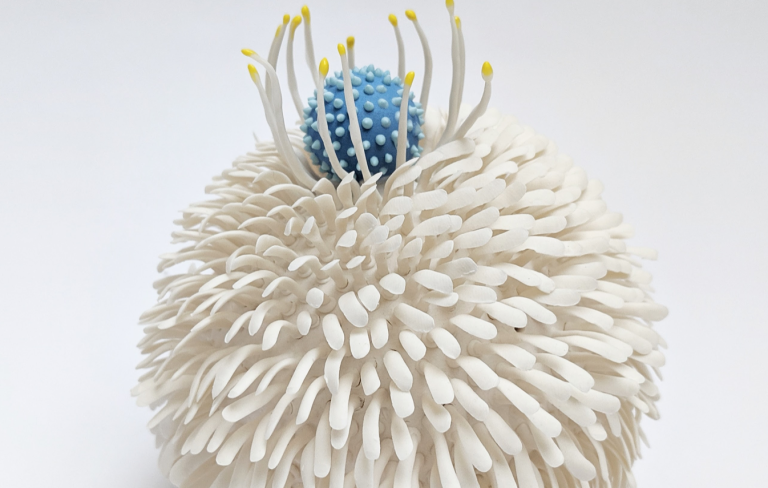The largest 3D-printed building in Europe, created using a special 3D-printed concrete from Heidelberg Materials, was recently officially opened in Heidelberg. Printing of the building began at the end of March 2023 and it took just over a year to complete the structure. The iconic commercial building with an area of around 500 m2 – around 54 meters long, 11 meters wide and 9 meters high – will house a server hotel and a co-location data center from summer 24. Heidelberg Materials supplied around 450 tons of i.tech® 3D, a 100% recyclable material specially developed for 3D concrete printing, for the project. The completely mineral building material contains a binder whose carbon footprint is around 55% lower than that of traditional Portland cement. Project partner PERI 3D Construction used its 3D construction printer to create the outer walls and walls of the future data center.

According to Computerworld, the Wavehouse Campbell in Heidelberg is currently the largest 3D-printed building in Europe. From summer 2024, Heidelberg iT Management GmbH will operate a server hotel and co-location data center in the building. Image source: Heidelberg Materials AG
i.tech® 3D was used to print the first residential buildings in Germany back in 2020. Since then, Heidelberg Materials has further developed the building material and further reduced its CO₂ content. The 3D printing process itself enables up to 70% less material consumption compared to traditional construction methods thanks to appropriate design planning, thus further reducing CO₂. The process also increases the speed and productivity of the construction process and makes construction sites safer thanks to lower dust and noise emissions and reduced use of tools.

Europe’s largest 3D printed building is currently being built layer by layer in Heidelberg – printed with the high-tech building material i.tech® 3D from Heidelberg Materials; Image source: Heidelberg Materials AG
According to Computerworld, the building was designed by “Mense-Korte ingenieure+architekten (Beckum) and SSV Architekten (Heidelberg)”. The 3D printing enabled elegantly curved walls with characteristic grooves and an overhang of up to 18 degrees on the walls.

Image source: Heidelberg Materials AG
The digitally controlled COBOD BOD2 3D printer from construction supplier Peri constructed the building by applying concrete and special mortar in centimeter-thick layers from a powerful nozzle. The robot has also been used on similar but smaller buildings, including detached houses and apartment blocks. A painting robot from Robert Murjahn’s DAW Deutsche AmphibolinWerke (known for the CAPAROL and Alpina Weiss brands) was also used for the interior painting work.

The outer wall of the building is created under computer control; image source: Heidelberg Materials AG


